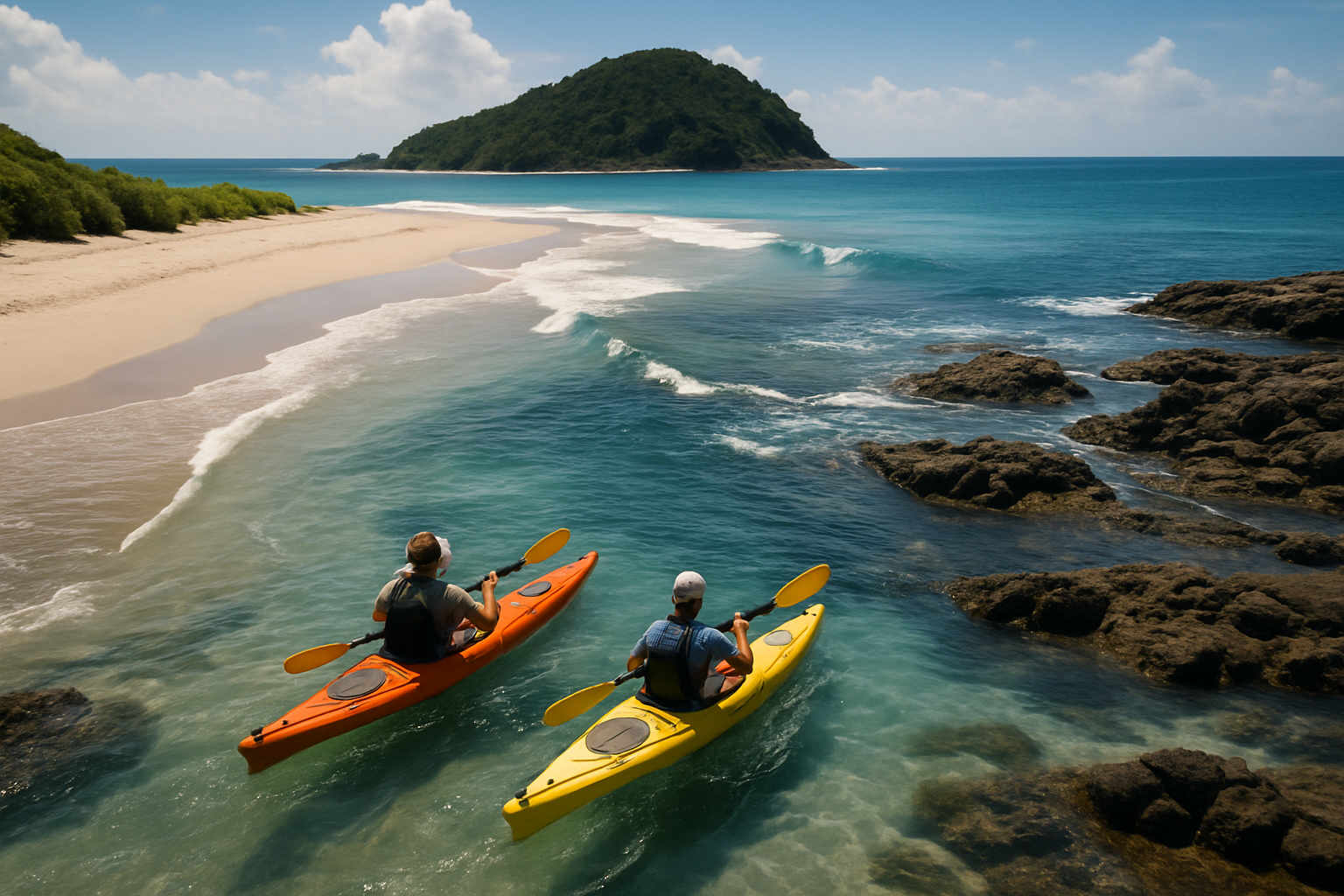Tidal Tourism: Riding the Waves of Coastal Exploration
The ebb and flow of tides have long captivated human imagination, but now they're inspiring a new wave of travel experiences. Tidal tourism, an emerging trend in coastal exploration, offers travelers a unique way to connect with the rhythms of nature and discover hidden wonders along shorelines. This innovative approach to seaside adventures combines elements of eco-tourism, adventure travel, and scientific discovery, creating a multifaceted experience that goes beyond traditional beach holidays.

Timing is Everything: Planning Tidal Adventures
Success in tidal tourism hinges on precise timing and careful planning. Travelers must sync their itineraries with tide tables, often planning activities months in advance to coincide with the most dramatic tidal changes. This level of preparation adds an element of anticipation and excitement to the journey. Some destinations offer guided tours that take the guesswork out of timing, while others cater to independent explorers who relish the challenge of navigating tidal schedules themselves.
Destinations Embracing the Tidal Trend
Certain coastal regions have embraced tidal tourism, developing infrastructure and experiences that showcase their unique tidal features. The Bay of Fundy in Canada, home to the world’s highest tides, has become a mecca for tidal enthusiasts. Here, visitors can walk on the ocean floor at low tide and kayak in the same spot hours later. In France, Mont Saint-Michel transforms from an island to a hill with each tidal cycle, offering a mesmerizing display of nature’s power.
Educational Aspects of Tidal Tourism
Tidal tourism isn’t just about sightseeing; it’s an educational opportunity that fosters a deeper understanding of marine ecosystems. Many tidal tours include elements of citizen science, allowing travelers to participate in data collection or wildlife monitoring. This hands-on approach not only enriches the travel experience but also contributes to scientific research and conservation efforts. Visitors learn about the intricate relationships between tides, marine life, and coastal habitats, gaining a new appreciation for these fragile ecosystems.
Challenges and Considerations
While tidal tourism offers unique experiences, it also presents challenges. Safety is paramount, as rapidly changing tides can pose risks to unprepared visitors. Responsible tourism practices are essential to protect sensitive coastal environments from the impact of increased foot traffic. Additionally, the time-sensitive nature of tidal activities can create logistical hurdles for travelers, requiring flexibility and careful planning.
Tidal Tourism Tips
• Always check local tide tables and weather conditions before exploring
• Wear appropriate footwear for potentially slippery or uneven terrain
• Respect wildlife and leave no trace in tidal zones
• Consider joining guided tours for safe and informative experiences
• Bring a waterproof camera to capture the ever-changing landscapes
• Pack essentials like water, snacks, and sun protection for extended explorations
As travelers seek more meaningful and nature-connected experiences, tidal tourism offers a compelling blend of adventure, education, and natural wonder. By aligning their journeys with the rhythms of the tides, visitors gain a unique perspective on coastal environments and their own place within the natural world. This growing trend not only provides unforgettable travel experiences but also fosters a deeper appreciation for the delicate balance of our planet’s ecosystems, encouraging more sustainable and mindful exploration of our world’s shores.





